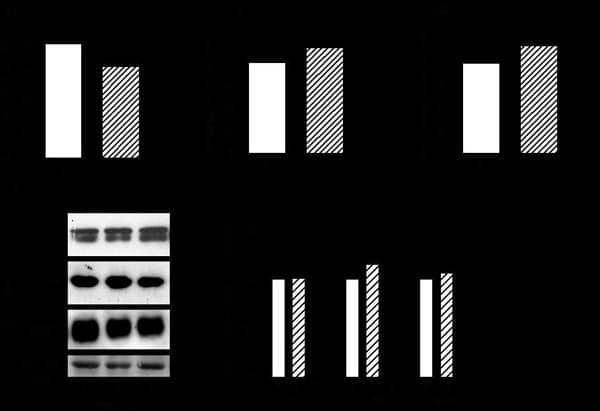Parkinson’s disease and type II diabetes are both associated to mitochondrial dysfunction. PTEN induced putative kinase 1 (PINK1), a serine threonine kinase, has recently been linked to familial parkinsonism and to mitochondrial dysfunction in general. Basal and over-expressed PINK1 has been shown to locate to the inner membrane of the mitochondria. A loss of this gene in Drosophila muscle cells causes depletion in mitochondrial architecture and an increase in reactive oxygen species (ROS) which is suggested to be rescued by expression of human PINK1. The loss of pink1 in Drosophila, gives a similar phenotype as loss of parkin and is rescued by the over-expression of parkin. Parkin is a gene that has been associated to interactions with mitonchondrial transcription factor A (TFAM), a gene shown to be involved in mitochondrial DNA (mtDNA) metabolism. The main approach in this study is was to silence Pink1 with RNAi technology in a mitochondrial abundant mammalian cell system and investigate whether the expression of Tfam, parkin and oxidative phosphorylation (OXPHOS) genes (nd5 and citrate synthase) would be affected. Primary brown adipocyte cells where dissected out from 3-4 weeks old male NMRI mice and optimized siRNA and lipofectamine concentrations and conditions were used. The cells were transfected 24 h post-plating followed by harvesting after 72 h. 80% knockdown of Pink1 was achieved and expression of the putative genes were analysed by quantitative Real-Time PCR and Western blot. The mRNA expression of nd5 and citrate synthase (cs) was unchanged which was consistent with protein expression of tfam and parkin. In conclusion, in our model, ablation of pink1 had no effect on mitochondrial gene expression and did not appear to be involved in tfam-OXPHOS gene regulation.
Life Sciences 2007 (2007) Proc Life Sciences, PC236
Poster Communications: Does Pink1 RNAi silencing in primary brown adipocytes trigger a change in mitochondrial gene expression?
T. B. Walden2, 1, C. Scheele2, 1, N. Petrovic2, B. Cannon1, 2, J. A. Timmons1, 2
1. SLS, Heriot Watt University, Edinburgh, United Kingdom. 2. The Wenner-Gren Institute, The Arrhenius Laboratories , Stockholm University, SE-106 91 Stockholm, Sweden.
View other abstracts by:
Where applicable, experiments conform with Society ethical requirements.

